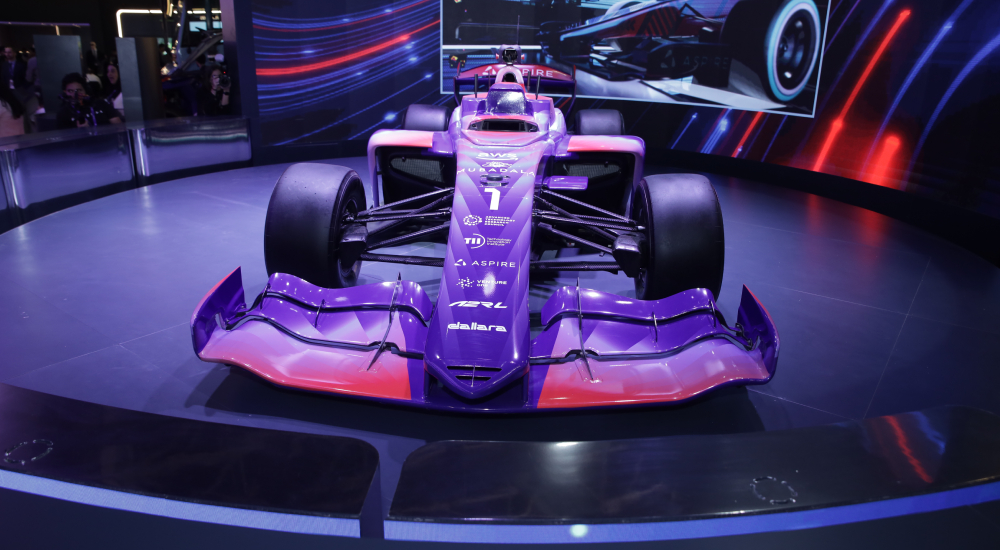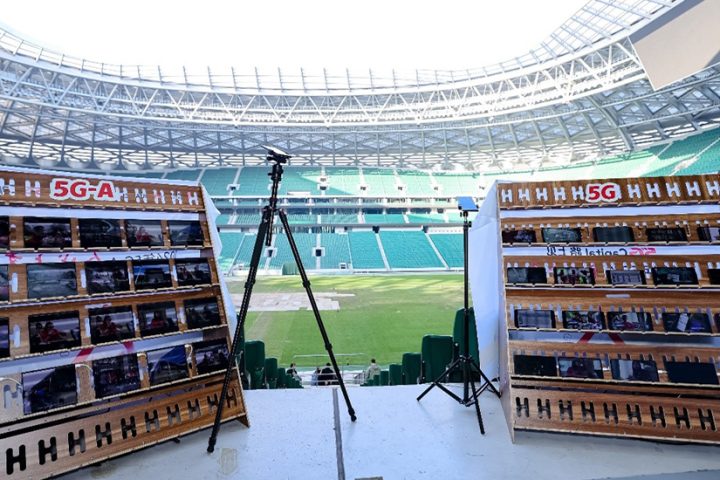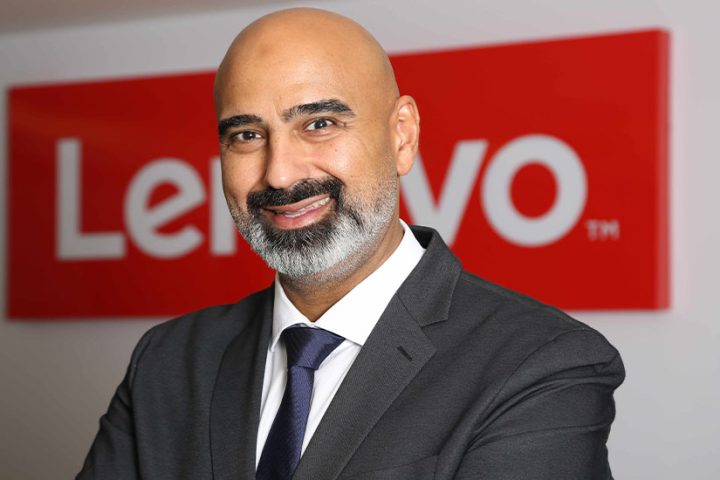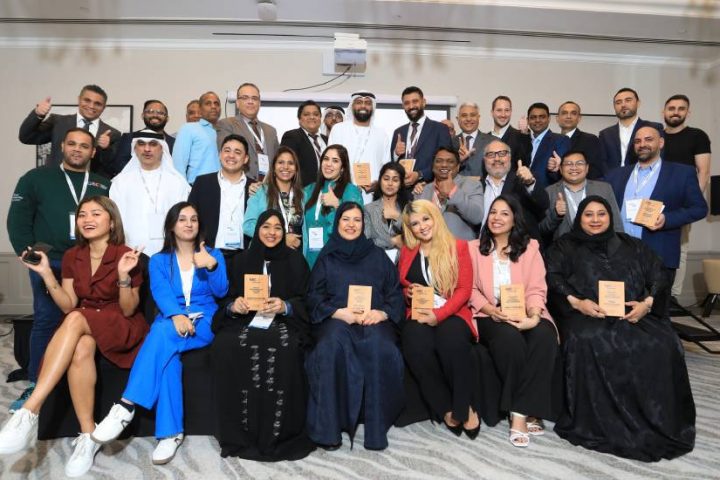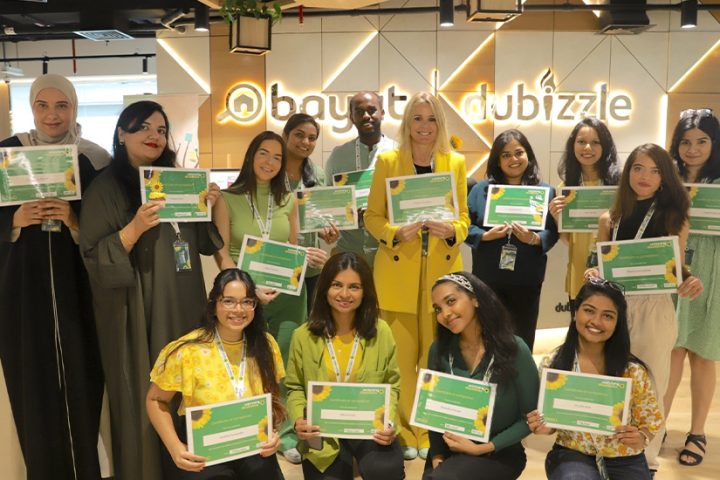Aspire, business development arm of Abu Dhabi’s Advanced Research Technology Center, officially launched it new autonomous race car at Gitex. We caught up with Khurram Hassan, Director, AbuDhabi Autonomous Racing League (A2RL) at Aspire, to discuss the future of autonomous racing.
Please tell us about Aspire.
Aspire is one of the fundamental pillars of the Advanced Technology Research Council. If TII is conducting world-class research, we focus on world-class competitions and world-class development, along with the technology that comes out of TII. The third arm is VentureOne, which handles commercialization. I work within A2RL, which is one of our grand competitions—specifically, the Abu Dhabi Autonomous Racing League. A2RL essentially serves as a magnet for innovation. We use racing as a way to attract the best teams, talent, and technology to Abu Dhabi.
What kind of talent are you looking to attract?
When looking at autonomous driving, if you break it down, one of the key elements is, software. I have a Tesla. I rented a Chinese electric car, and I found that many of the features within both cars were very similar in terms of driving experience. However, on the final turn, the software became confused between a traffic light and a speed camera, triggering an emergency brake. What you come to realize is that it’s no longer about the car’s drivability—it’s really about the software inside the car. So, finding the best coders who can develop algorithmic coding that allows cars—and the future of mobility—to operate on sound, rigorously tested software is critical. That’s what A2RL offers: the opportunity for teams to test their software and algorithms.
Is the infrastructure ready for autonomous driving?
Actually, a significant challenge we face with cars today is that much of the technology isn’t thoroughly tested. While many of the mechanical elements of cars undergo rigorous testing, the software components often do not. With all these new cars coming to market, equipped with autonomous mobility elements and software, it’s crucial to establish a proper testing ground. That’s where A2RL stands out—it provides a test bed for evaluating various aspects of autonomous technology.
For example, a sensor company approached us and said, “We’ve never tested our equipment above 70 kilometers per hour because the air base we use has speed limitations.” By testing their sensors on an A2RL car, they can now reach speeds of 300 kilometers per hour. Essentially, A2RL becomes the ideal test bed for LIDAR, radar, and sensor companies, giving regulators and the public greater confidence in the technology being deployed on our roads.
Please tell me about the new car on display here.
We have our new version of the Dallara Super Formula car, which was originally built in Italy for Japanese Super Formula. We’ve equipped it with a full autonomous kit, including LiDAR, radar, and cameras, transforming it into a self-driving, self-learning machine. This car can navigate the racetrack autonomously, and we’re showcasing it at GITEX. The car was built, assembled, and designed, with the software developed by us and our partners in the UAE, which is a great achievement.
When do you think this will go mainstream?
Well, we’ve already created one or two new startups as a result of this project. Startups are emerging in the AI and autonomous space from TII. Many of our partners are building teams and companies on the back of this technology, leveraging various loans they’ve received.
Last year, we conducted a “man versus machine” challenge. If you remember, in chess, the computer beat the human, and the same happened with Go. Last year, we held a race between F1 pilot Daniil Kvyat and our autonomous car in identical vehicles. The human achieved a lap time of 1 minute 44 seconds, while, three months prior to the race, our coders’ best time was 3 minutes per lap. By race day, they had reduced that to 1 minute 54 seconds—just 10 seconds behind the human. Essentially, AI is rapidly advancing in motorsports, and we believe that within a year, AI could get very close to matching the top human performance. There are many different test cases we are running through A2RL.

